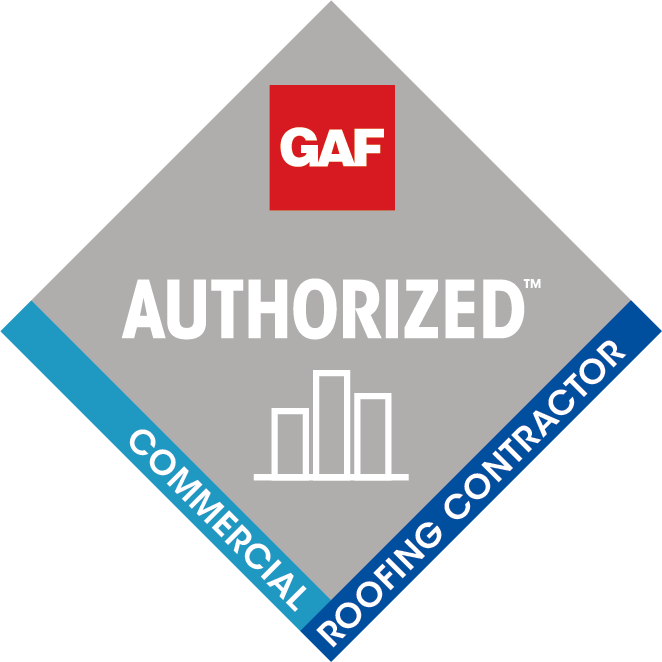Commercial building framing forms the backbone of any construction project, providing structural support and defining the overall shape and layout of the building. While framing may seem like a straightforward process, it requires careful planning, precision, and expertise to ensure the structural integrity and safety of the building. In this article, we’ll take a behind-the-scenes look at the art of commercial building framing.
- Structural Integrity
The primary purpose of commercial building framing is to provide structural integrity and support for the entire building. This involves carefully designing and constructing the framing system to withstand the forces of gravity, wind, seismic activity, and other environmental factors. Structural engineers work closely with framing contractors to develop framing plans that meet building code requirements and engineering standards. - Material Selection
Commercial building framing can be constructed using various materials, including wood, steel, concrete, and engineered wood products. Each material has its advantages and considerations in terms of cost, strength, durability, and construction methods. Wood framing is commonly used for low-rise commercial buildings, while steel framing is preferred for larger structures requiring greater strength and load-bearing capacity. - Framing Techniques
Framing techniques vary depending on the type of material used, building design, and construction requirements. Traditional framing methods such as platform framing and balloon framing are commonly used in commercial construction, along with advanced framing techniques that optimize material usage and energy efficiency. Framing contractors employ skilled craftsmen who are trained in these techniques to ensure precise and efficient construction. - Building Code Compliance
Compliance with building codes and regulations is paramount in commercial building framing to ensure the safety and integrity of the structure. Framing contractors must adhere to local building codes, zoning ordinances, and construction standards throughout the framing process. This includes obtaining necessary permits, conducting inspections, and addressing any code violations or deficiencies promptly. - Precision and Accuracy
Commercial building framing requires a high level of precision and accuracy to ensure that components fit together seamlessly and the structure is plumb, level, and square. Advanced measuring and layout tools, such as laser levels and total stations, are used to achieve precise dimensions and alignments during framing. Skilled framers meticulously assemble framing components according to the architectural and engineering drawings, making adjustments as needed to maintain accuracy. - Collaboration and Coordination
Successful commercial building framing requires close collaboration and coordination among various trades and stakeholders involved in the construction process. Framing contractors work closely with architects, engineers, general contractors, and subcontractors to ensure that framing activities are seamlessly integrated with other construction activities. Effective communication and teamwork are essential for resolving any conflicts or challenges that arise during framing. - Quality Assurance
Quality assurance is a critical aspect of commercial building framing to ensure that the finished structure meets the highest standards of craftsmanship and durability. Framing contractors implement rigorous quality control measures, including inspections, testing, and verification of materials and construction techniques. This ensures that the framing system is structurally sound, resilient, and built to last for the life of the building.
In conclusion, commercial building framing is a complex and intricate process that requires expertise, precision, and attention to detail. By understanding the art of framing and the considerations involved in its execution, stakeholders can appreciate the vital role that framing plays in the construction of safe, functional, and visually appealing commercial buildings.



